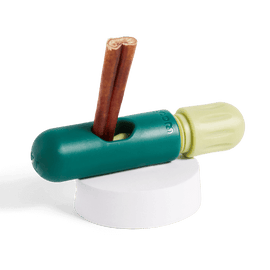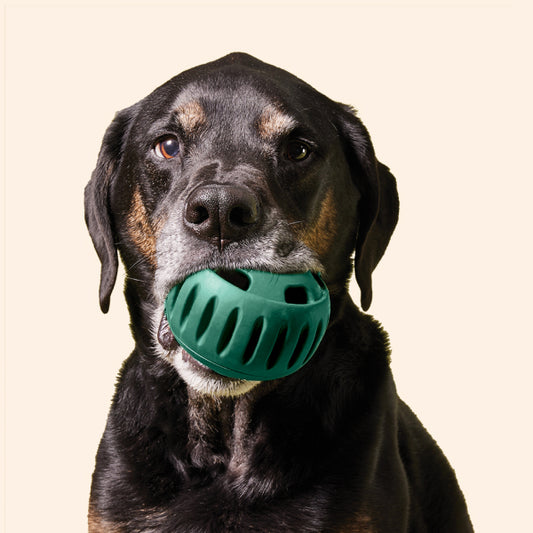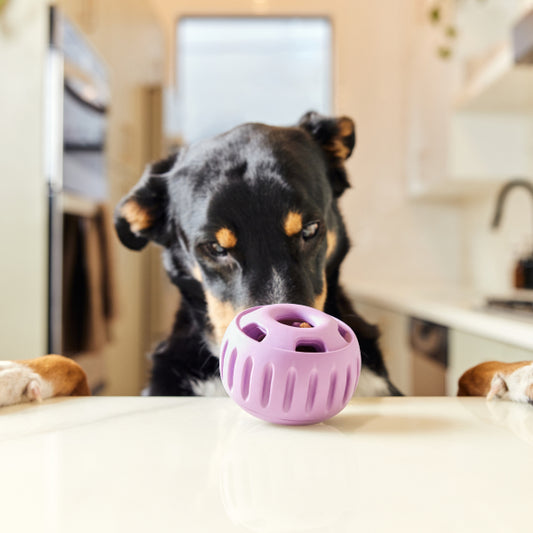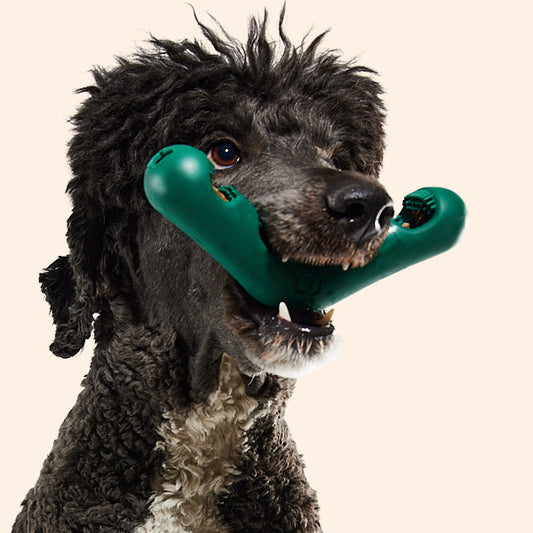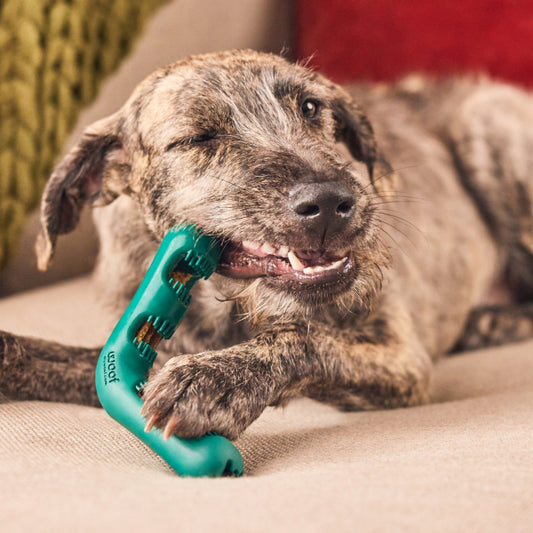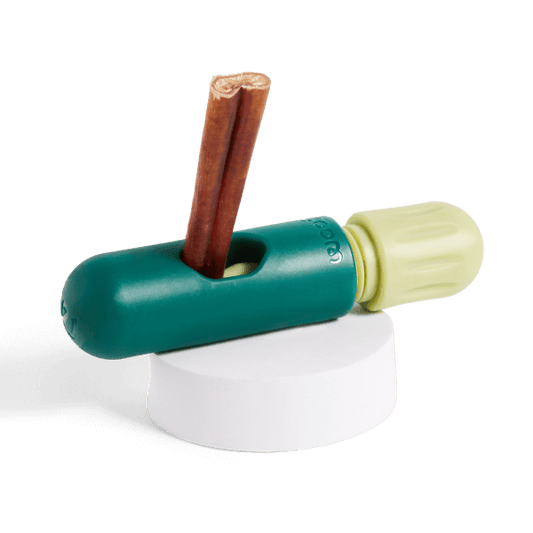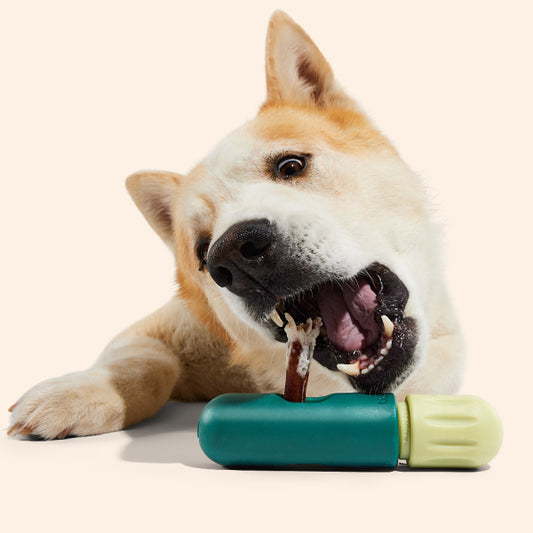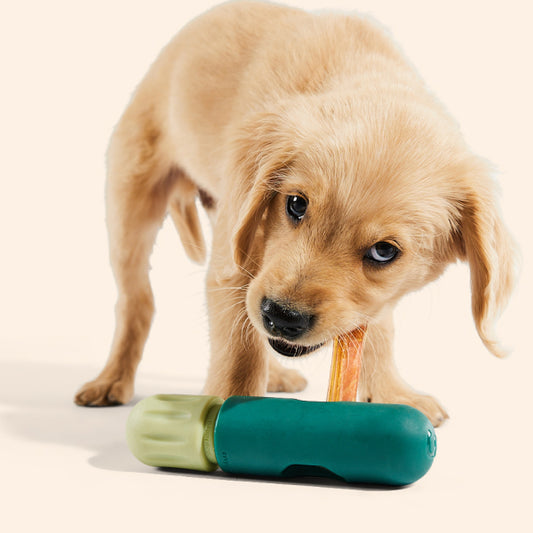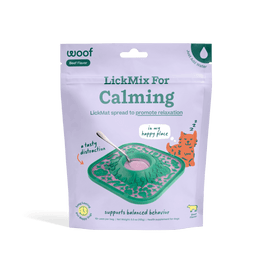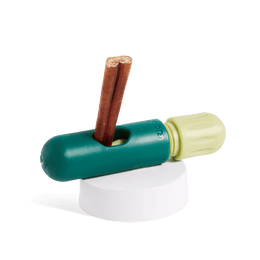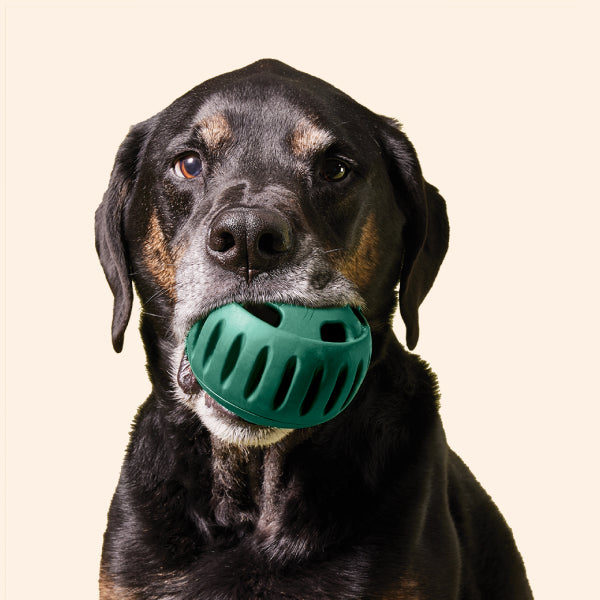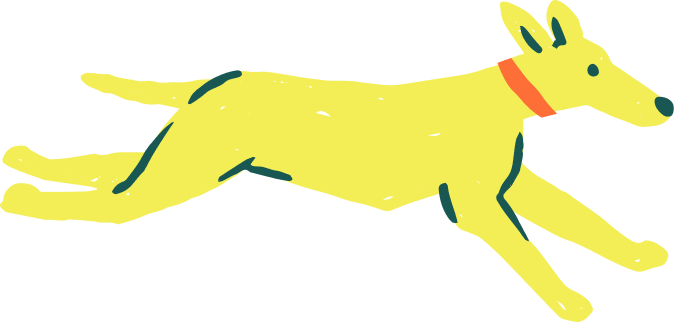
As devoted dog owners, our greatest wish is to see our furry companions happy and thriving. But sometimes, despite our best efforts, our dogs may feel down or disconnected. Recognizing the subtle signs of canine unhappiness is crucial to address their needs effectively and strengthen our bond with them.
Dogs communicate primarily through body language and behavior. By paying close attention, you can detect when something is amiss. Here are some indicators that your dog might be feeling unhappy:
1. Changes in Appetite
A sudden loss of interest in food or a significant decrease in appetite can signal emotional distress. If your dog, who usually greets mealtime with enthusiasm, starts ignoring their food bowl, it's time to investigate potential causes.
2. Altered Sleep Patterns
While dogs do enjoy their naps, excessive sleeping or noticeable lethargy may indicate that your dog is feeling down. Conversely, restlessness or difficulty settling can also be a sign of discomfort or anxiety.
3. Withdrawal and Hiding
If your dog starts to retreat to secluded areas or avoids interaction with family members, it could be a sign they're feeling stressed or unhappy. This behavior is especially concerning if your dog is typically sociable and affectionate.
4. Increased Aggression or Irritability
Uncharacteristic growling, snapping, or other aggressive behaviors can be manifestations of underlying distress. If your gentle companion suddenly becomes irritable, it's essential to assess their environment and recent experiences for potential stressors.
5. Excessive Licking or Chewing
Compulsive behaviors such as over-grooming, licking, or chewing on themselves can be coping mechanisms for stress or anxiety. These actions may lead to physical issues like hot spots or sores if not addressed promptly.
6. Destructive Behavior
Chewing furniture, digging through trash, or other destructive actions can be signs of boredom, anxiety, or unhappiness. Providing appropriate outlets for your dog's energy and mental stimulation is key to mitigating these behaviors.
7. Changes in Body Language
Subtle cues like a tucked tail, flattened ears, or avoiding eye contact can indicate that your dog is feeling uneasy or unhappy. Understanding these signals helps in addressing their emotional state effectively.
8. Increased Vocalization
Excessive barking, whining, or howling can be your dog's way of expressing discomfort or seeking attention. Identifying the root cause of this increased vocalization is essential to provide appropriate support.
9. Loss of Interest in Activities
If your dog shows disinterest in walks, playtime, or activities they once enjoyed, it could be a sign of depression or unhappiness. Engaging them in new and stimulating experiences can help rekindle their enthusiasm.
10. Seeking Excessive Attention
While affection is a natural part of the human-dog bond, a sudden increase in clingy behavior or constant seeking of attention may indicate insecurity or distress.
Addressing Your Dog's Unhappiness
Understanding the signs is the first step; taking action is next. Here are some strategies to help uplift your dog's spirits:
1. Establish a Consistent Routine
Dogs thrive on predictability. Regular feeding times, walks, and play sessions can provide a sense of security and stability.
2. Provide Mental and Physical Stimulation
Engage your dog with interactive toys and puzzles to keep their mind active. The Pupsicle is an excellent option that combines play with rewarding treats, keeping your dog entertained and mentally stimulated.
3. Offer Nutritious Treats
Introducing healthy treats can boost your dog's mood and health. Consider Love Nuggets, which are both delicious and beneficial for your dog's well-being.
4. Ensure Adequate Exercise
Regular physical activity helps reduce stress and anxiety. Tailor exercise routines to your dog's age, breed, and health to keep them engaged and healthy.
5. Create a Safe and Comfortable Environment
Ensure your dog has a quiet, comfortable space where they can retreat and feel secure. This is especially important during times of change or stress.
6. Spend Quality Time Together
Strengthen your bond through training sessions, grooming, or simply relaxing together. Your presence and attention can be incredibly reassuring to your dog.
7. Consult a Veterinarian
If behavioral changes persist or you're concerned about your dog's well-being, seek professional advice to rule out any underlying health issues.
Remember, your dog's happiness is closely tied to the quality of care and attention they receive. By staying attuned to their needs and behaviors, you can ensure they lead a joyful and fulfilling life.



